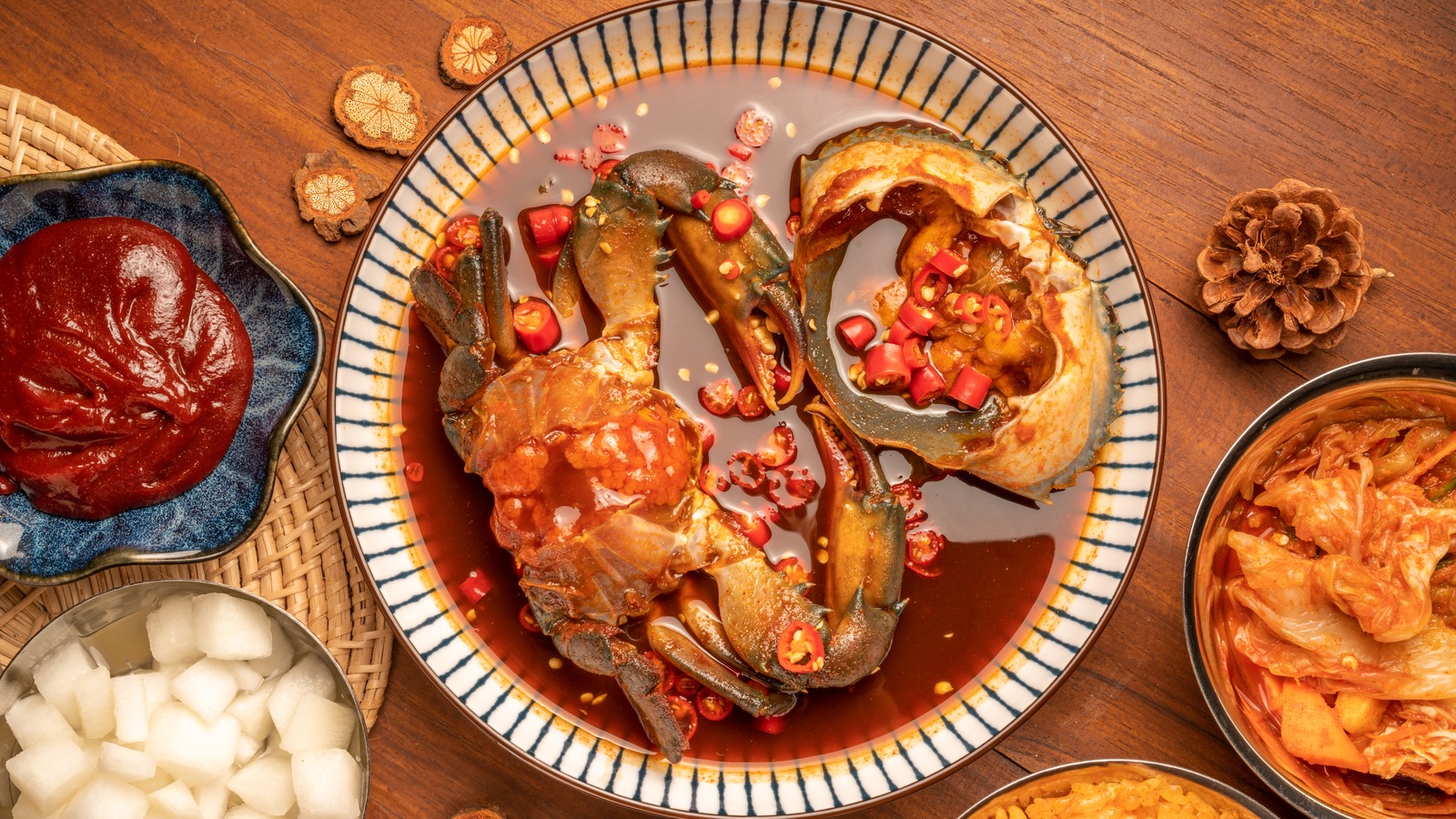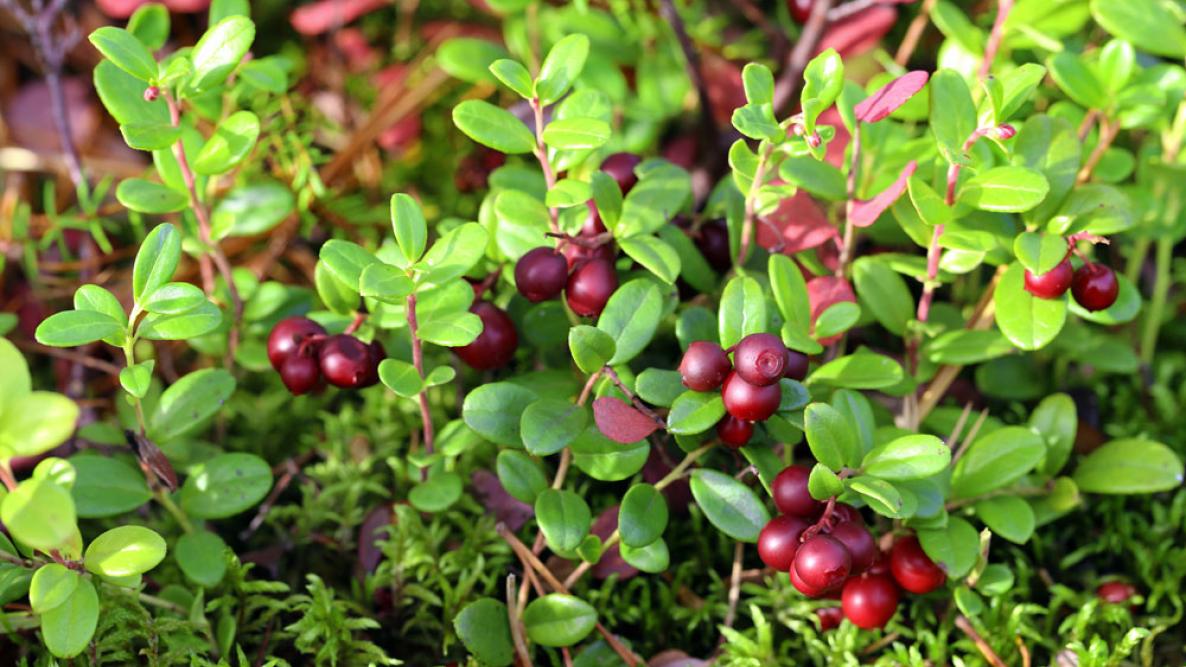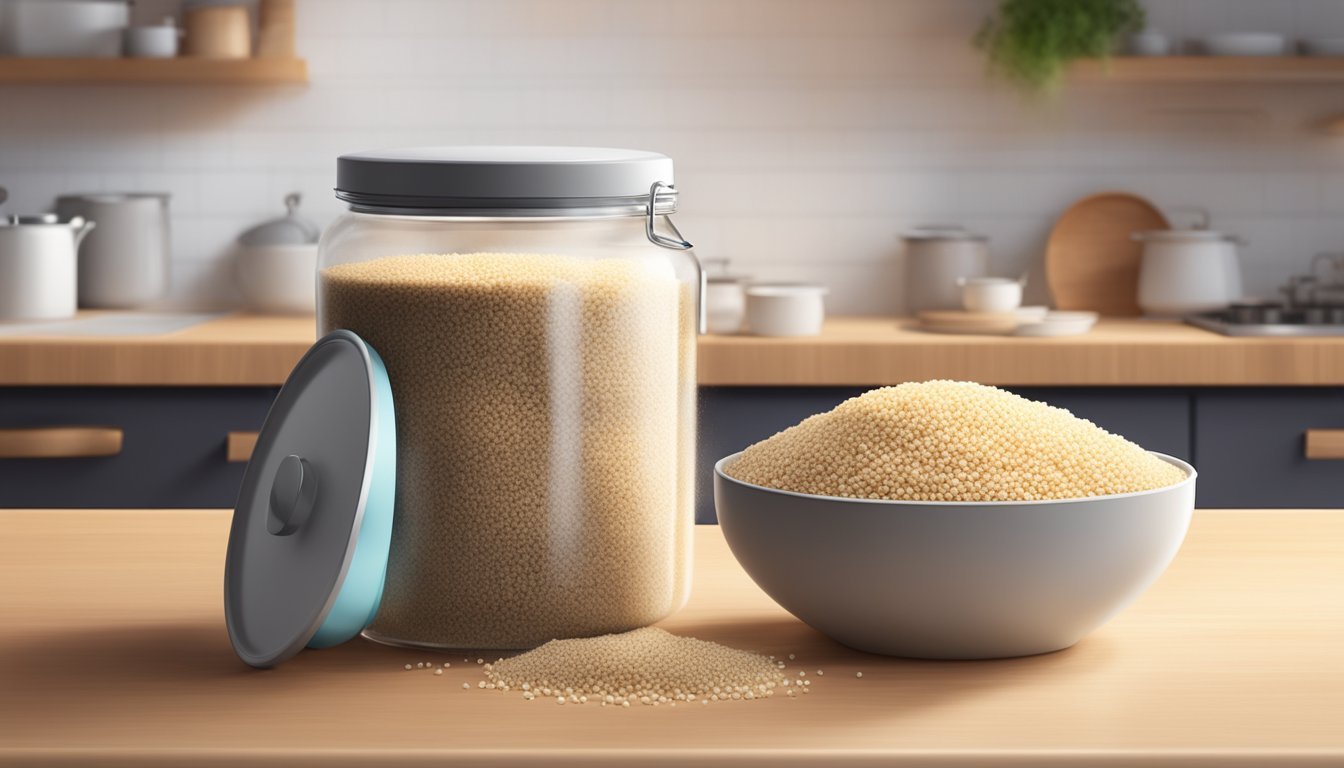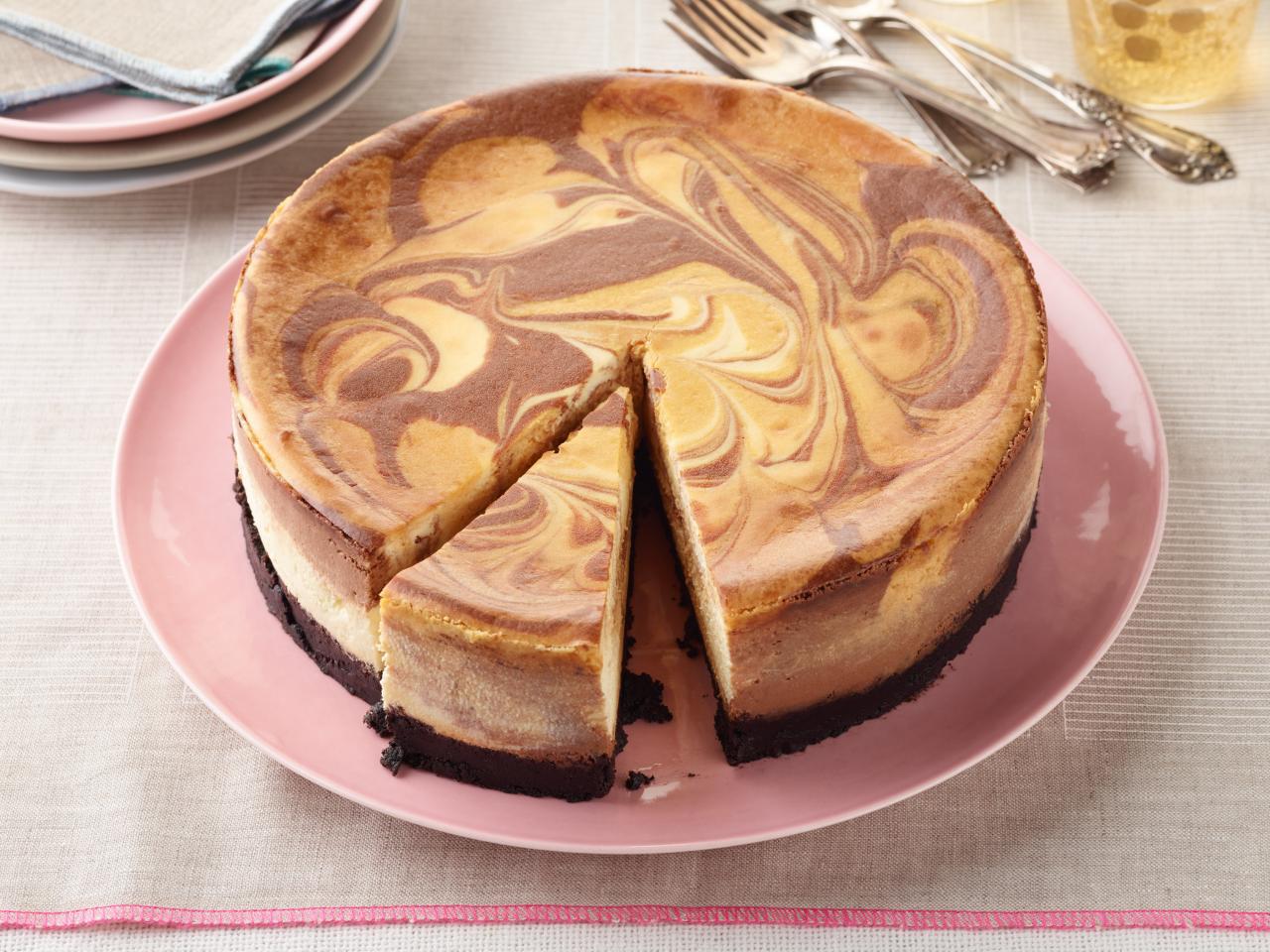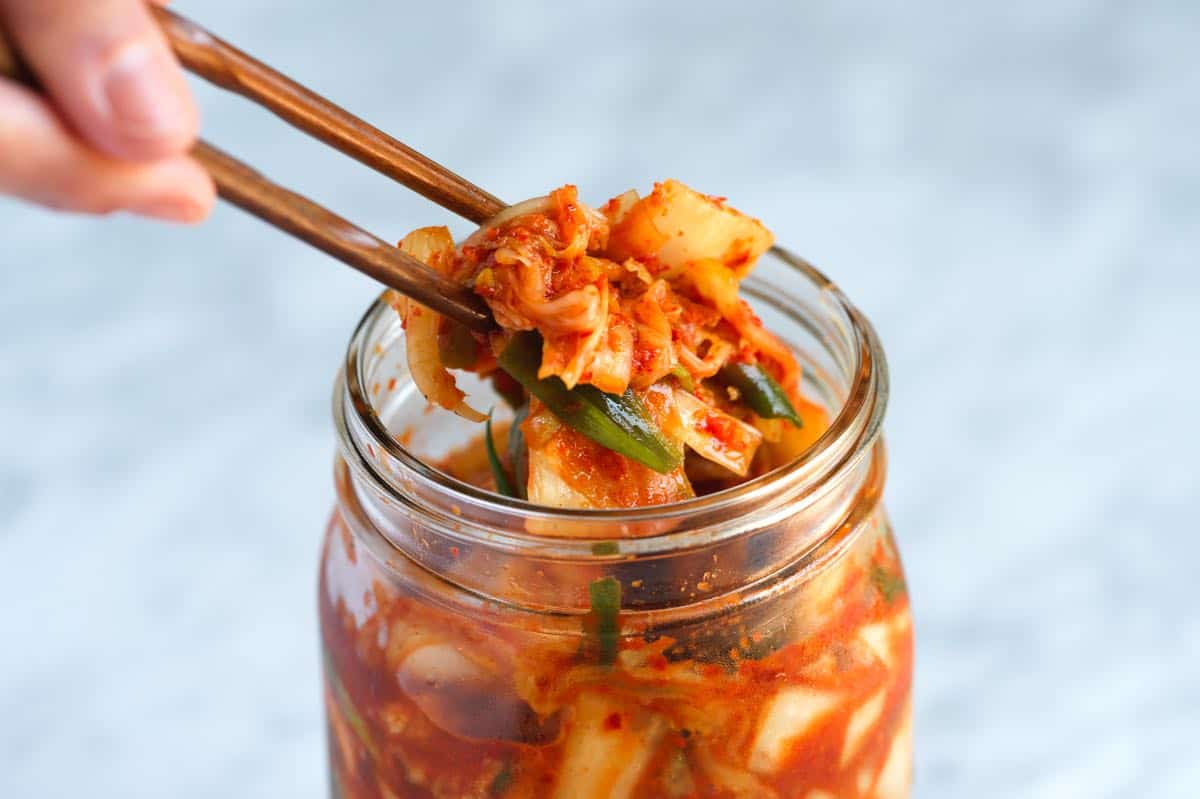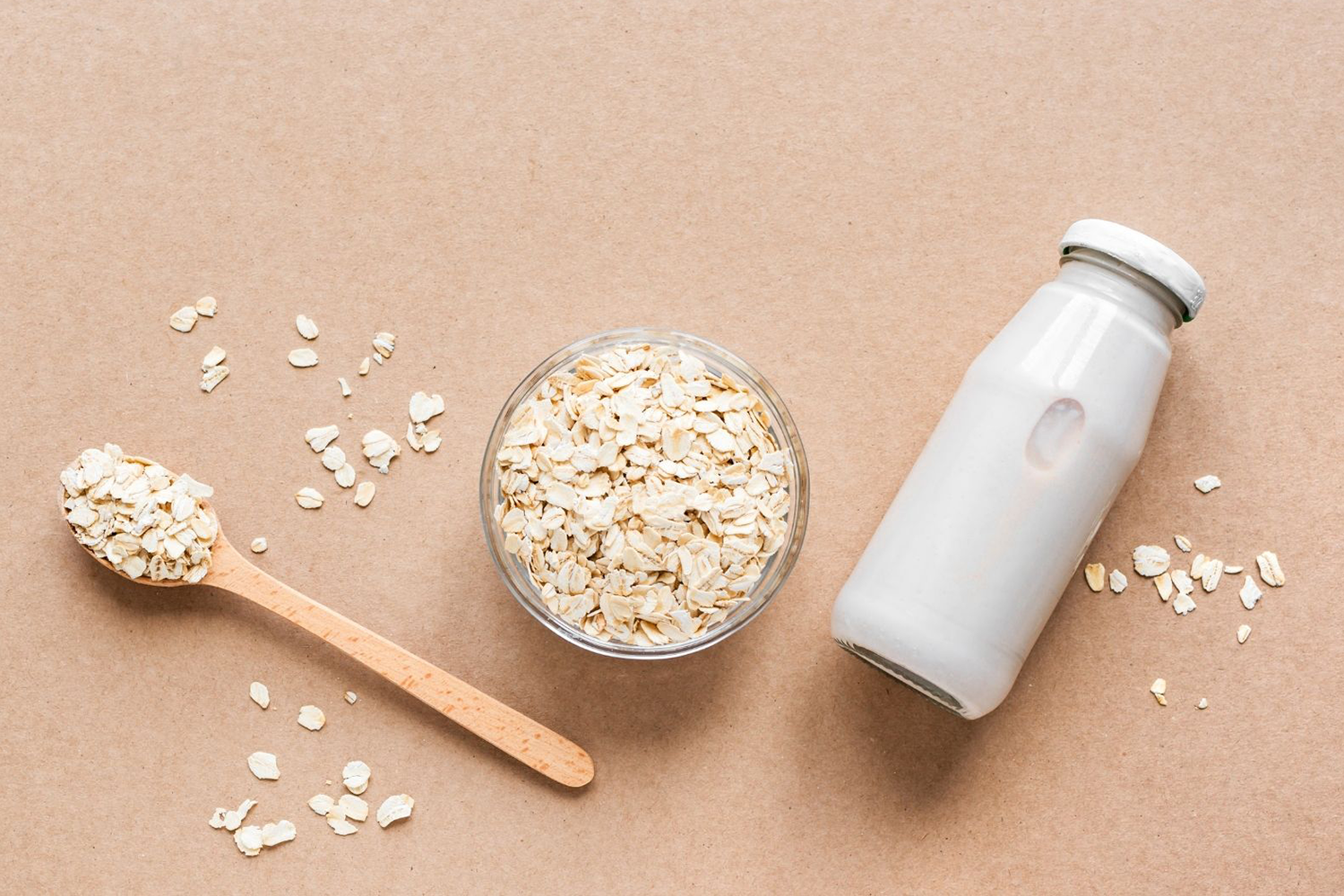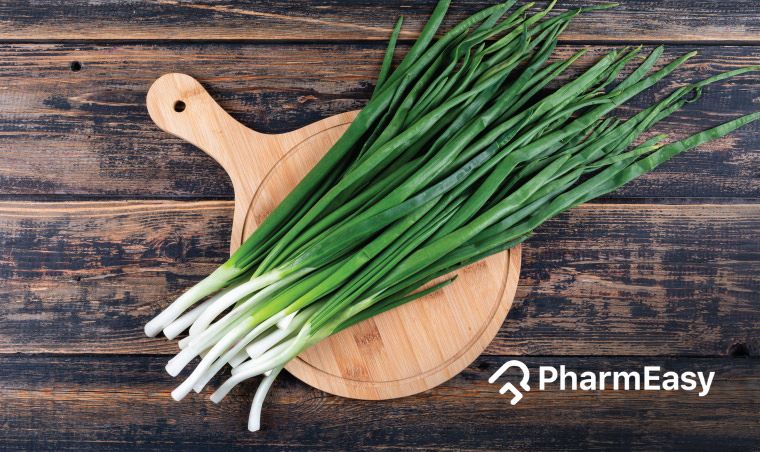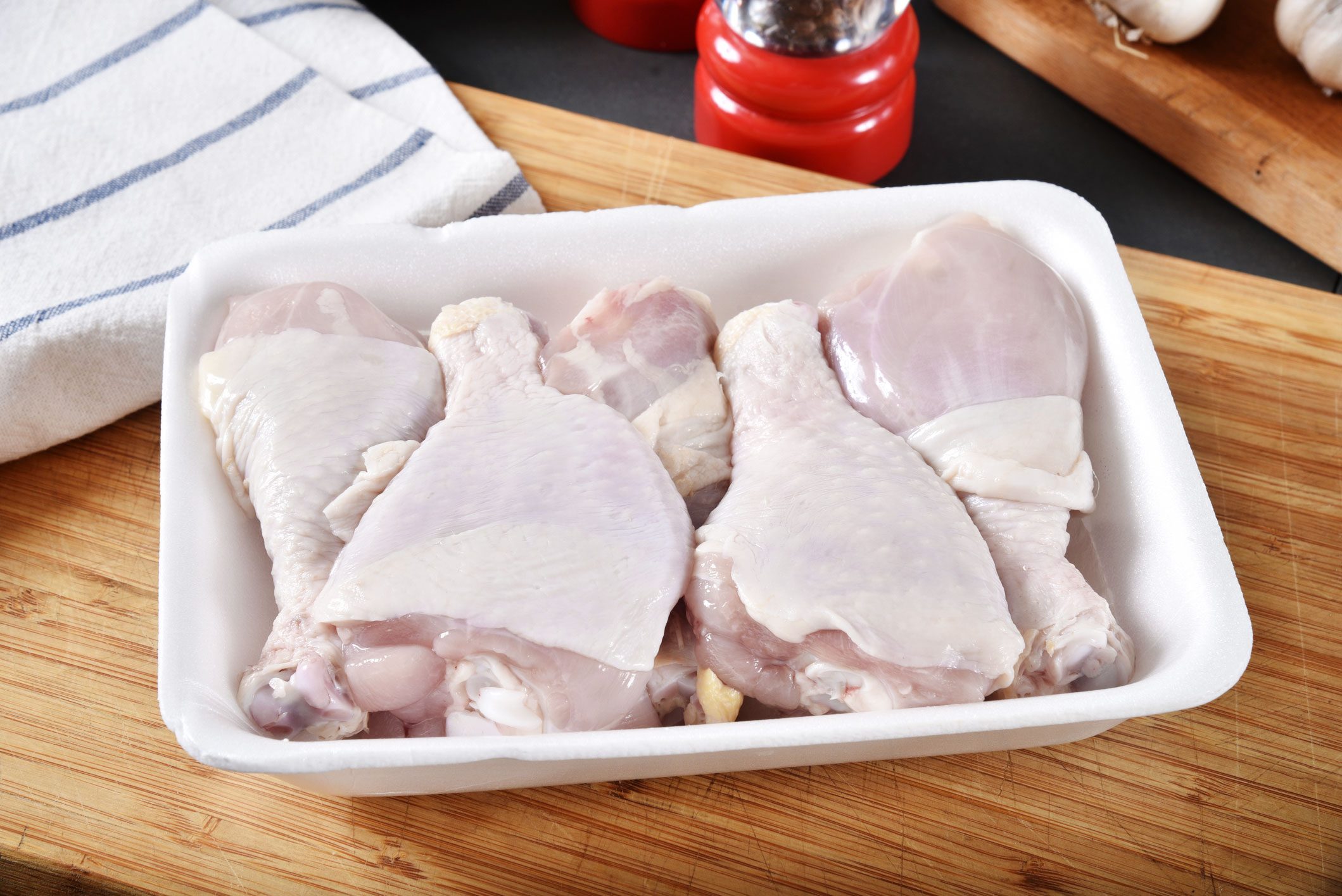Can You Eat Raw Crab? Discover the Risks
– Ganjang gejang is a Korean dish featuring raw marinated crab.
– The recipe involves cleaning live crabs and marinating them in a brine solution with garlic, rice wine, soy sauce, lemon juice, and other ingredients.
– The raw crab is then refrigerated in the solution for up to three days before being consumed.
– Consuming raw seafood can pose health risks due to parasites and toxins in raw crabs.
– Similar to ceviche, which uses citrus juice to cook raw fish, the recipe is popular on TikTok.
– Raw marinated crab videos are popular on social media.
– Further investigation into the risks of foodborne illness is necessary.
– It is important to understand the risk of foodborne illness before eating raw marinated crab.
